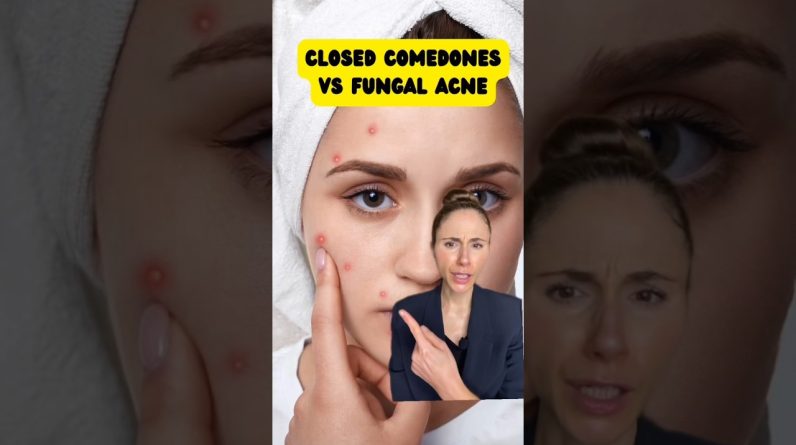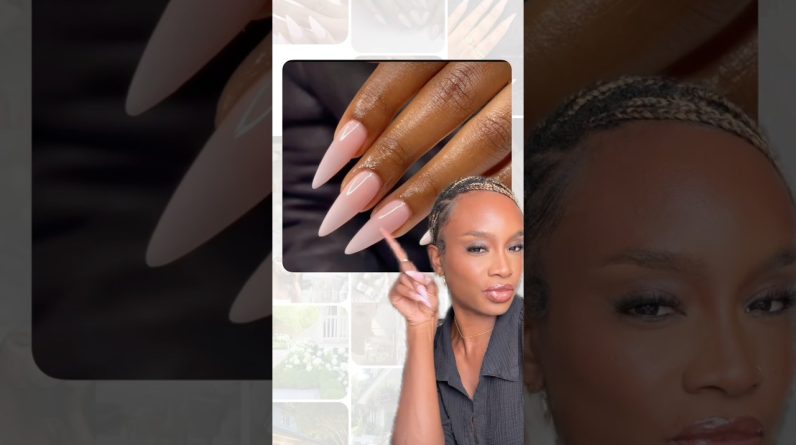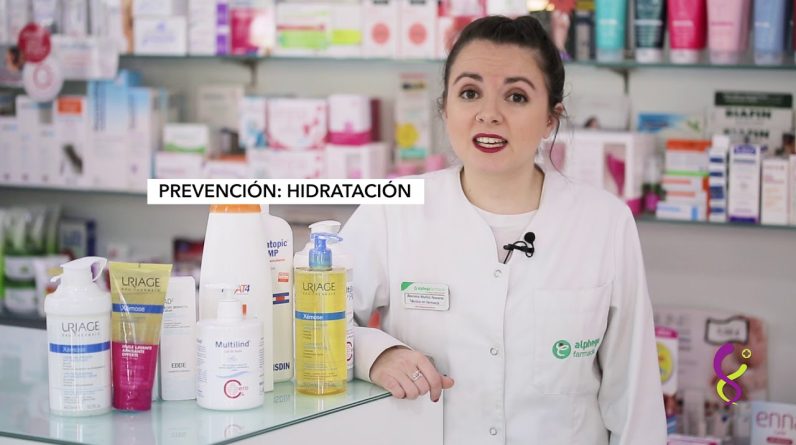Instagram- for awesome skin FOR LIFE
My guide to skin treatments, lasers, peels, and many more
More before and after pictures, and real reviews
How to treat perioral dermatitis- Dermatologist Explains
Perioral dermatitis or POD is also called steroid induced rosacea. This is one of the most frequently seen facial rashes by dermatologists and very easy to treat. The prognosis is excellent as it rarely recurs – providing one avoids flare factors. POD is seen more frequently in women, and in some countries up to 5% of women will develop perioral dermatitis at some time of their life. POD can also occur in children- the most frequent cause are steroids, followed by occlusive sunscreen- usually physical blocking agents.
What does Perioral dermatitis look like? POD looks very much like acne, however unlike acne, it does not have whiteheads and blackheads. Perioral dermatitis is also called perioroficial dermatitis and presents as pimples, zits, red lumps and bumps called papules as well as generalized redness. This rash maybe itchy and ‘stings’ if topical creams are placed on it. Skin irritation is frequently seen in patients with POD. Perioral dermatitis as the name suggest occurs around the mouth area but spares a small portion of the surrounding lip causing a ‘halo affect’. The second most common area it involves is the nasal or nose area, followed by around the eyes. In patients who use strong steroids, it can involve the entire face- this is called ‘steroid induced rosacea.’
What causes perioral dermatitis? This question can be a complex one to answer, however your dermatologist can go in to the complexities- my job is to make this simple to understand. Make up and incorrect skin care can predispose to perioral dermatitis. This is especially so if one has occlusive creams and skin care. Skin irritation may predispose to POD. The biggest culprit by far are steroid creams, ointments, lotions, eye drops and even nasal sprays. Fluronated steroids cause most cases of POD- strong corticosteroids such as Elocon, Betnovate and Diprisone can trigger perioral dermatitis/ steroid induced dermatitis. Weak steroids such as hydrocortisone or even desowen can even trigger POD. Melasma treatments that contain steroids and HQ are frequent culprits. POD has also been reported with continued use of tacrolimus and pimicrolimus, and occlusive oils including Bio Oil.
How to treat perioral dermatitis? If possible, see a dermatologist as a comprehensive treatment and prevention guide can be given. If one is using a steroid, stop it. This will result in a rebound or worsening of POD. Some dermatologist will give you a ‘step down’ regime. Most dermatologist will prescribe anti-inflammatory antibiotics such as doxycycline, tetracycline, minocycline, azrithomycin, or erythromycin. A course of 3-6 weeks is recommended. Topical creams can also be used, but they are not as effective. Topical creams such as Azaelic acid, erythromycin and clindamycin are especially indicated in pregnancy or in children. Make up should not be worn for 2-3 weeks to let your skin purge and breathe. No actives such as vitamin A- retinoids, vitamin B, C or retinol – AHAs should be used for 6 weeks. Sunscreen should be light and not heavy. Chemical peels and microdermabrasion should be avoided. Lasers have a limited role to play in the treatment of Perioral dermatitis however can be used to treat redness from steroid induced blood vessels. Cleansers should be simplified and used only twice a day. Night cream should be avoided. Moisturizers, if possible should be avoided for a few weeks. Be guided by your dermatologist as to the products you should be using. Most dermatologist will simplify your skin care routine. In complex cases patch testing maybe necessary- this is important if POD is recurrent.
What is the prognosis of perioral dermatitis? Excellent! Once treated, this rash rarely recurs. If it perioral dermatitis returns, a further 4 to 6- week course of anti-inflammatory antibiotics should be taken under the supervision of your dermatologist. In most cases your general dermatologist will uncover the hidden rash such as dermatitis, or even seb derm- eczema, or an irritant that predisposed the initial rash!
Dr Davin Lim authored the page on this condition for the Australasian College of Dermatologist. A guide of this condition can be found here.
Note- I am a procedural and not a medical dermatologist, this is a review of a very common and basic condition to treat. I mainly perform complex laser, surgical and injectable therapy with fillers, Botox and peels. I do not treat rashes. Be guided by your MEDICAL dermatologist.
Cheers, Dr Davin Lim. Brisbane. Australia.
source








